HIDDEN HISTORY
Donkey wars and the Green Revolution
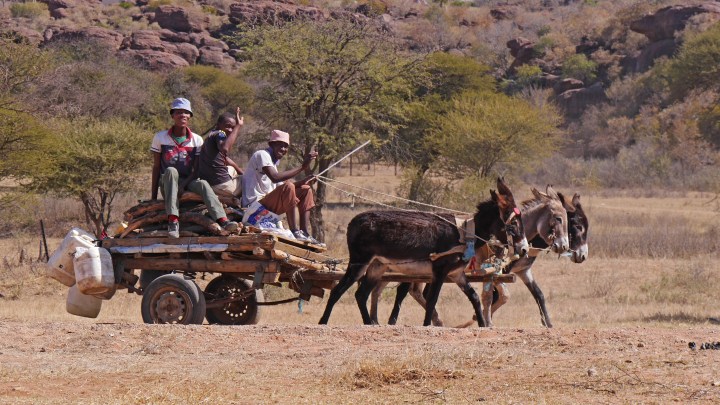
Since the agricultural boom that began in the 1950s, world food production has tripled. All hail the tractor. But it hasn’t been good news for draught animals – or peasants.
A war suggests an opposition, so the events that took place in Bophuthatswana in 1983 could more accurately be described as a massacre. Somehow this massacre never passed into history books and is remembered only by its victims.
Given that the shoot-up – in which more than 20,000 died – occurred only a few hundred kilometres from Johannesburg, the virtual absence of reportage about it was remarkable. But then, depredations against dirt-poor peasants seldom make headlines anywhere in the world.
For one old man, the massacre began while he was on his way to collect building sand in his cart pulled by four donkeys. A troop carrier roared towards him and soldiers opened up with automatic weapons at his donkeys, killing them in their harnesses.
In the little village of Ncweng, people had gathered their donkeys together for counting. Soldiers arrived and shot the lot. They then fanned out across the veld, searching river valleys and grazing areas, pumping bullets into every donkey they found. People who resisted were bullied. A few, realising the danger, hid donkeys in their houses. The soldiers then moved to the next village, then the next…
“They didn’t take aim,” one person told researcher Nancy Jacobs. “They shot animals anywhere, as often as it took to kill them. They were not put to death, they were savaged. Others were shot in the eye, or different parts of the body and the feet. This made killing gruesome because they had to suffer too much pain.”
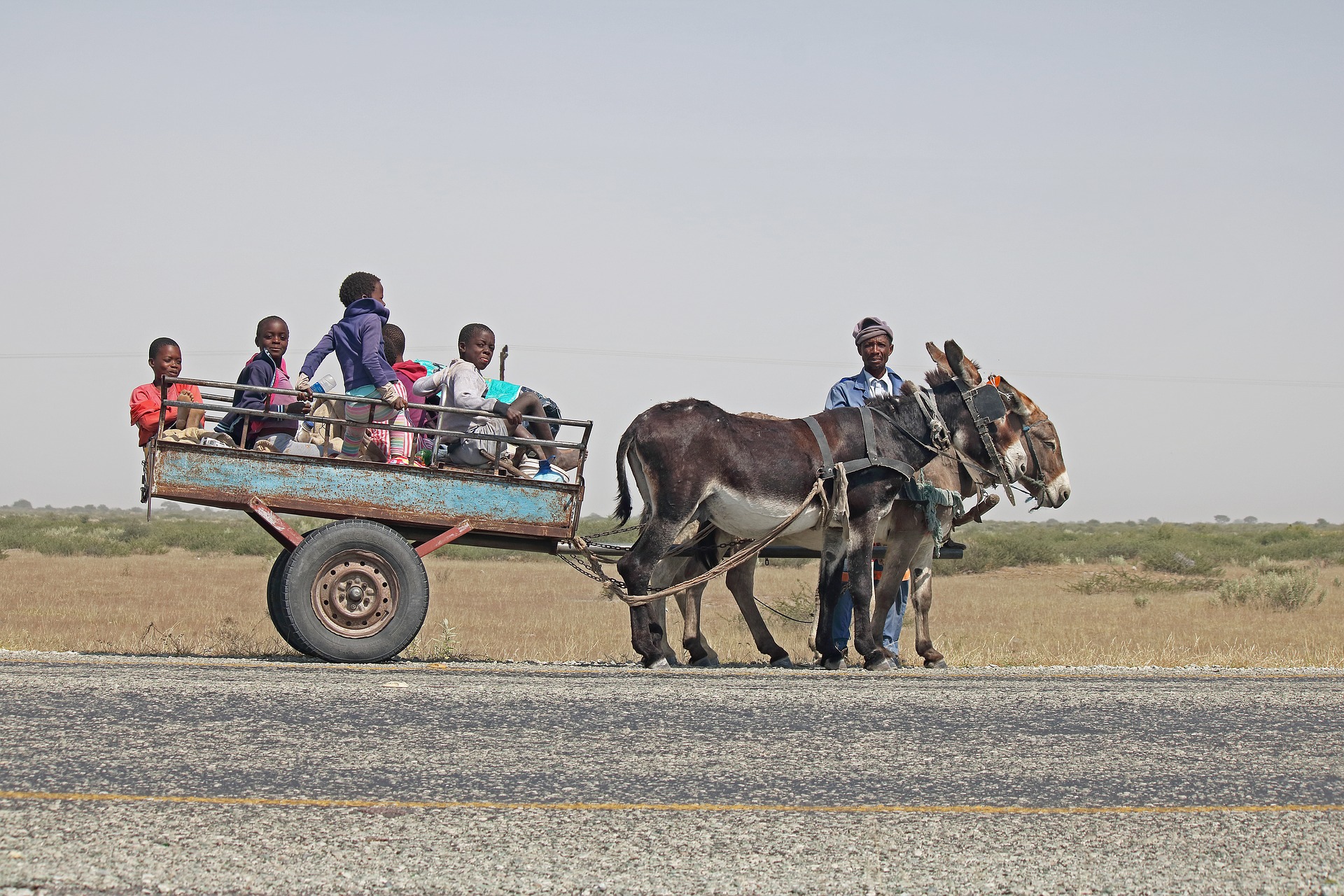
Donkey cart. Image: Bluesnap / Pixabay
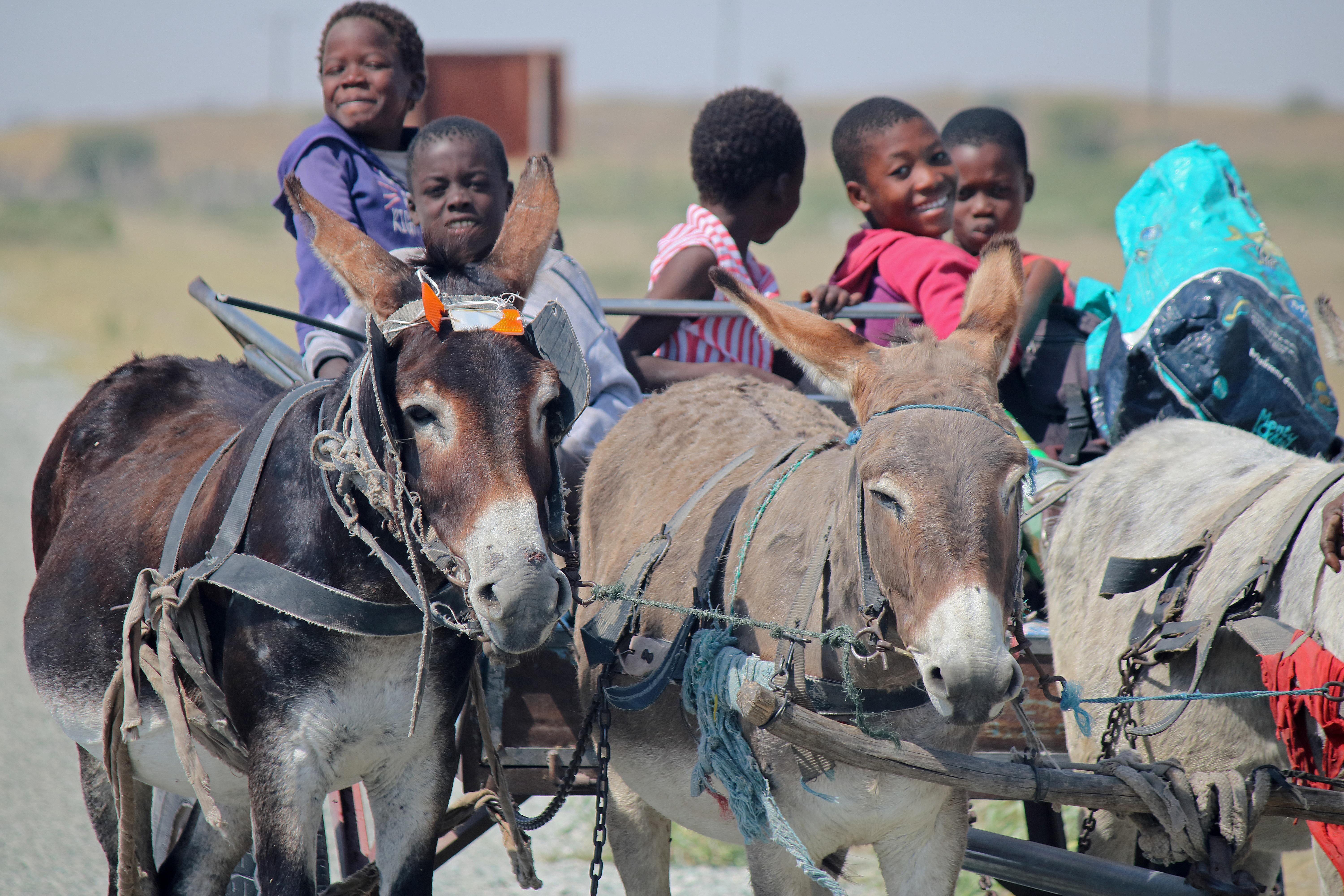
Children sitting on a donkey cart. Image: Bluesnap / Pixabay
The reasons for the Great Donkey Massacre are obscure. One story was that the Bantustan’s president, Lucas Mangope, once nearly collided with donkeys on a highway and had turned against the species. Others said that, given the opposition to apartheid’s Bantustan system, it was an attempt to terrorise people and pre-empt opposition. Some speculated the slaughter was a move by the upper class of cattle-keepers to reduce pressure on grazing.
The official decree simply announced that “surplus” donkeys were to be exterminated, but trigger-happy soldiers soon turned the cull into mass slaughter. The estimate of 20,000 dead donkeys is probably conservative.
Coming across this story by chance, I began trawling for more donkey information and discovered that a worldwide jihad seems to have been declared against the humble ass. A report from Brazil spoke of donkey-catching units which round up thousands of the animals for deportation. In some regions, donkeys have been banned entirely.
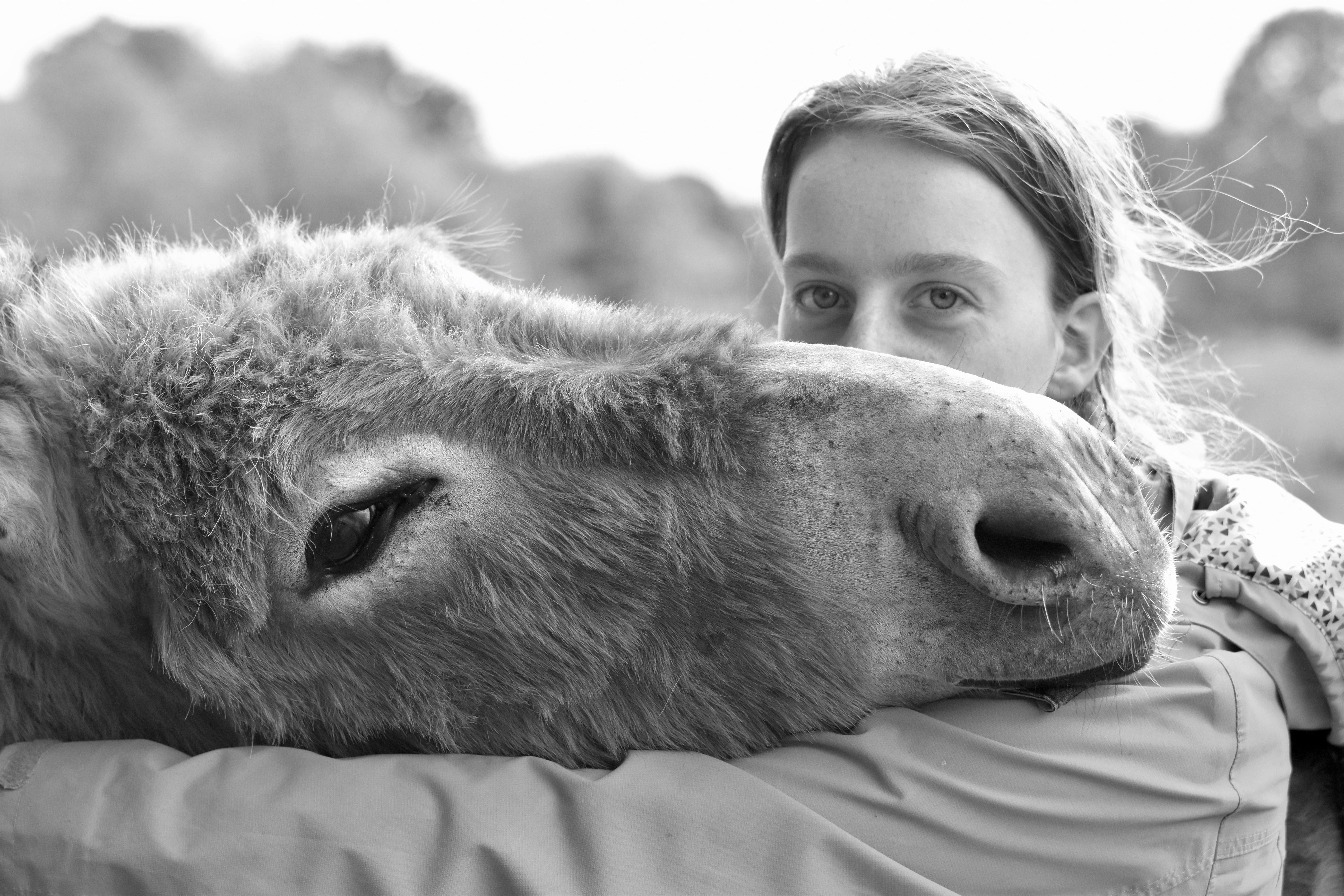
Girl and donkey. Image: JACLOU-DL / Pixabay
In Western Australia, elimination is high-tech: “Judas” donkeys have radio collars attached to them and are released to find herds that “infest” the scrublands. These are then blasted from a helicopter. Since 1978, the Department of Agriculture has killed more than half a million this way.
Given the biblical reverence for the donkey, its hardiness, longevity, intelligence and gentleness, this is an odd war of man against beast.
It seems that in South Africa donkey wars were part of an ongoing story of the displacement of working animals by the Green Revolution. The throbbing engine at the heart of this revolution – which was to feed the world’s burgeoning population – was the tractor. This gawky machine was undoubtedly one of the finest developments of the 20th century, allowing millions of hectares of land to be opened up for agriculture. It quadrupled production and underpinned the growth of megacities.
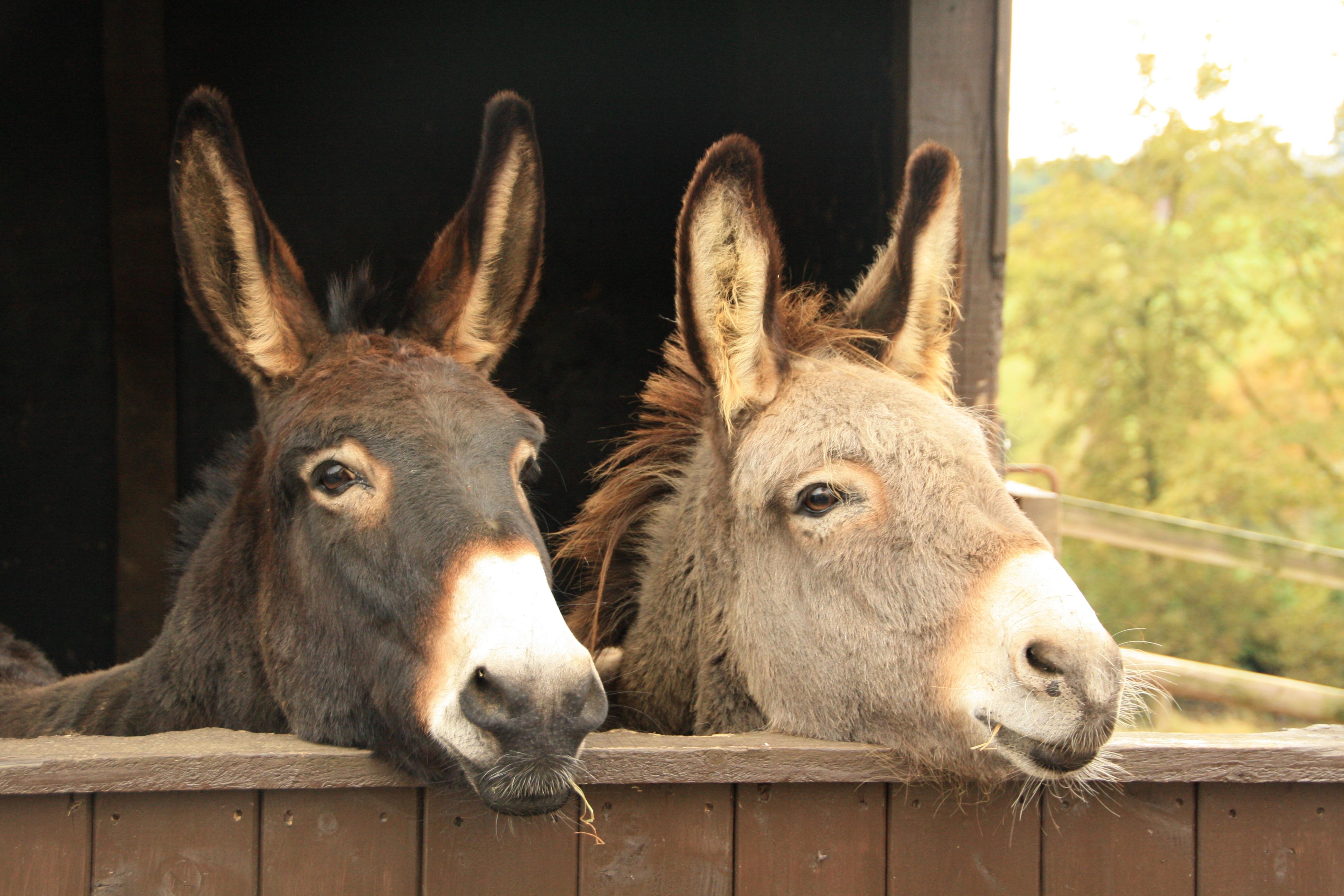
Two donkeys lean on a fence. Image: mvdsande / Pixabay
By about the 1930s, governments, agricultural educators and extension officers had fallen in love with modernisation. Using oxen to plough, they told peasants, was primitive. Cattle were for eating and not for traction. Donkeys, well… they were good at feeding time in lion parks and crocodile farms. But, otherwise, they were a damn nuisance. Moreover, they were a sign of poverty. Best get rid of them.
There was another reason officials and industry distrusted animal traction. Back in the 19th century, most transport not on rails was animal-drawn. In the last decade of that century, however, the deadly bovine disease rinderpest, followed by horse sickness and East Coast fever, decimated working animals. Commerce in Southern Africa was brought to a standstill.
Before the memory of that disaster had faded, there was a massive demand for equids – horses, mules and donkeys – occasioned by the outbreak of the First World War. In that conflict, more than six million perished on the battlefields. A worldwide shortage of working animals followed.
When the internal combustion engine went into mass production in the 1930s, it was hailed as the final solution to these woes. And so it was.
After World War 2, agricultural extension officers, trained in modern farming methods, encouraged peasants to sell their oxen, cull their donkeys and stand by for the Massey Ferguson marvel. The Green Revolution was about to begin.
While South Africa’s 60,000 commercial farmers raised loans from an agreeable Land Bank, bought tractors and implements and got on with the business of feeding the nation, the 500,000 small-scale and mainly black farmers weren’t candidates for loans.
The government, keen to increase production in the Bantustans in order to feed the masses cooped up there by decree (and ensure they stayed there), created tractor schemes. But its officials forgot to ask small-scale farmers how they went about their business. The new method was throwing centuries of communal animal knowledge and support systems out of kilter.
Somehow, whenever a tractor was needed, it was elsewhere (maybe if a goat was offered it would arrive). Control over farming seeped out of the community and into the hands of tractor drivers. If the tractor broke, that control shifted to mechanics in the towns, far away. If parts were needed, it shifted even further, to city agents.
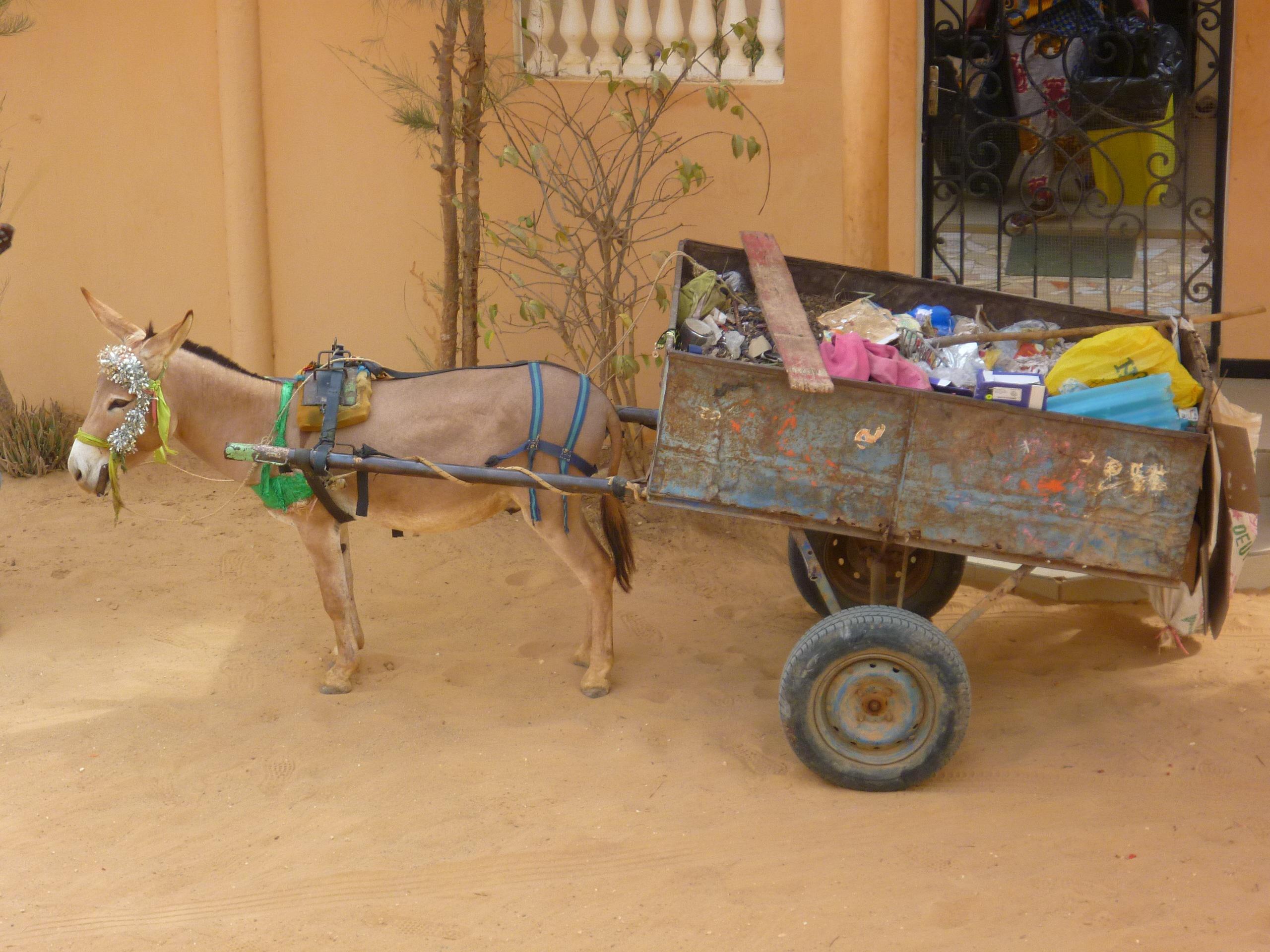
Donkey cart. Image: mikepinkerton4x4 / Pixabay
For farmers who’d eaten their trek oxen and sold their donkeys (or had them shot), there was nothing to do but wait, watch the skies and hope. Some fields were ploughed, many weren’t. Then the government, plagued by the mismanagement of the schemes, decided to lease tractors to their drivers, who were expected to run their own businesses.
The plan spawned problems. Farmers paid the drivers to plough, but only what they could afford, and often in kind. The drivers weren’t good at calculating overheads, so when implements broke or the tractor needed servicing they had no ready cash. You can’t pay a mechanic in goats or donkeys.
Tractors were left in fields, quietly rusting. One after another, the tractor schemes collapsed. In many parts of the country you can still see dead tractors all over the countryside: peeling monuments to questionable intentions.
The tractor debacle took about 20 years to play itself out. In that time a generation of newly “modern” farmers had learned to depend on machines. Vital animal-handling skills had been lost, along with the animals. Instead of booming, peasant agriculture was falling apart, with families depending on wages remitted from relatives in urban areas.
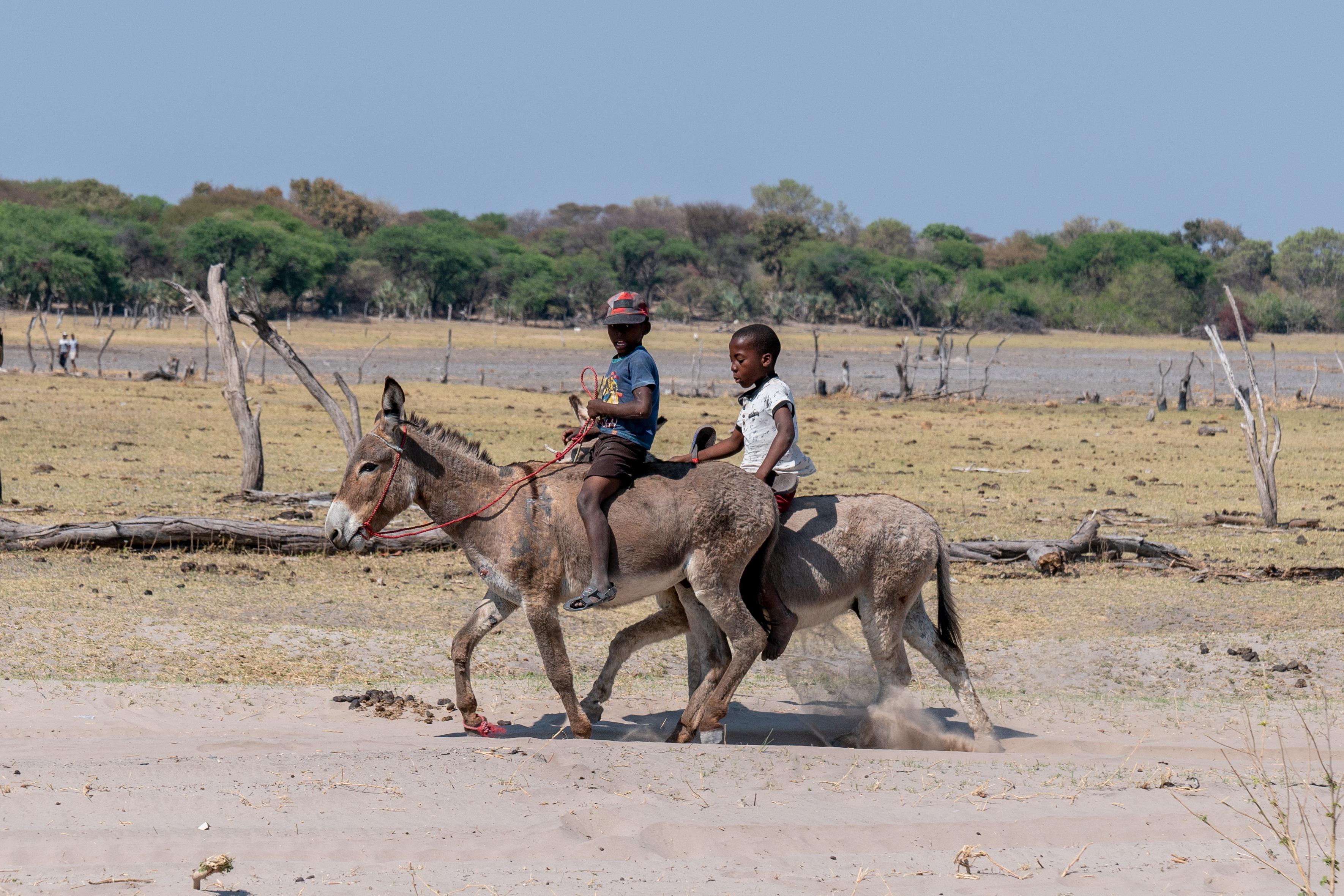
Children ride two donkeys. Image: Supplied
Followed the 1994 elections, legislation that bottled people up in the Bantustans was repealed and people from these areas flooded the cities. The squatter camps around South Africa’s towns bear testament, in part, to a failed agricultural policy.
And the humble ass? It’s tempting to view the Bophuthatswana Donkey Massacre as a metaphor – the bootprint of the mechanical age in the face of its older, animal-using predecessor.
Well, here’s a prediction, for what it’s worth: the donkey will outlive modernism – and the postmodern age as well.
The rabbit-eared equine was probably the next creature to be domesticated after the dog – around 8,000 years ago. It would have been the first draught animal in human history and there is good reason for its long and continuing association with our species.
We live in a world where population growth is outpacing the ability of governments to ensure overall human prosperity. Contrary to the dreams of modernism, living standards in marginalised countries are falling while rain, increasingly often, isn’t. Attempts to mechanise small-scale farming in these areas have failed.
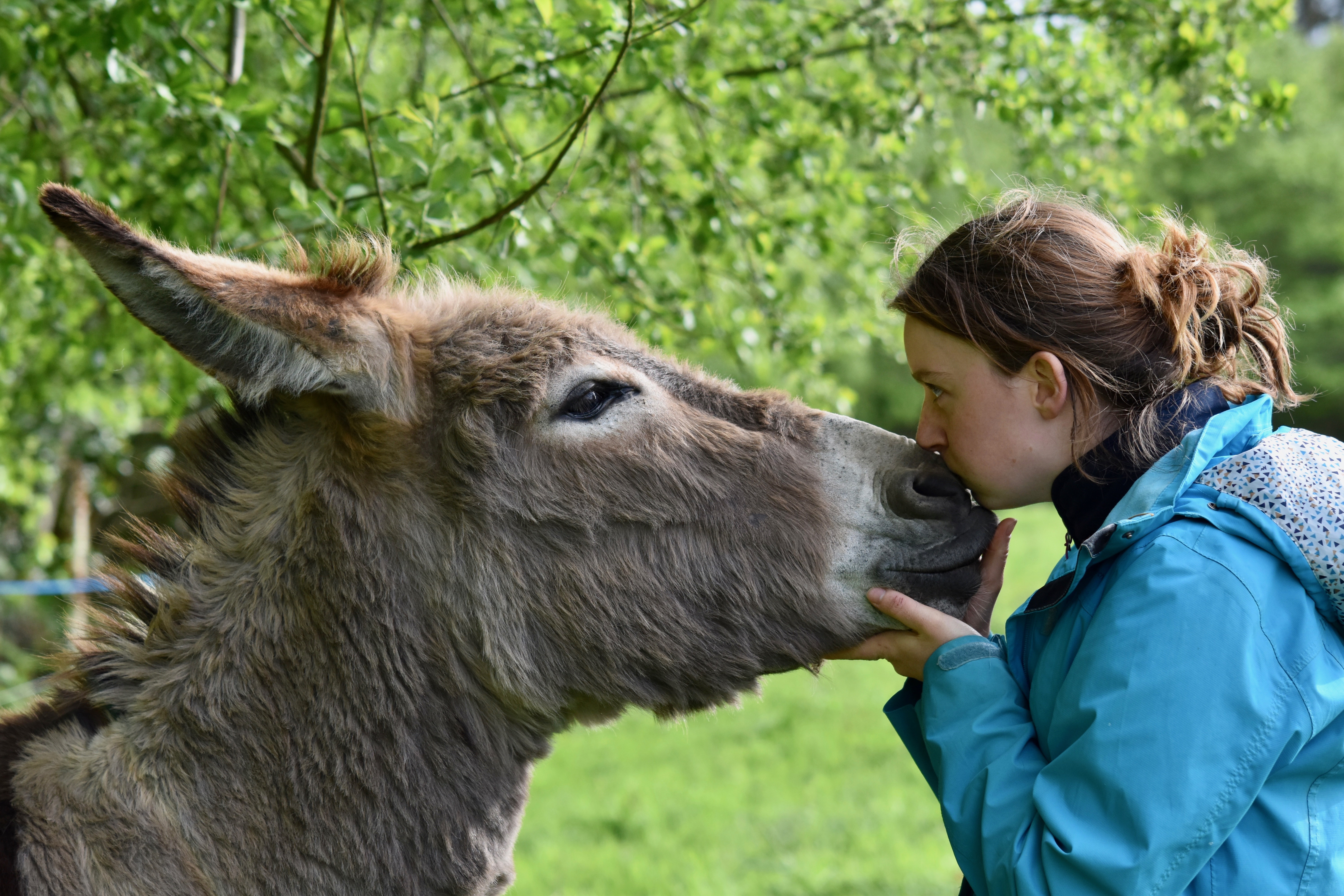
Girl and donkey. Image: JACLOU-DL / Pixabay
As men beat a path to the cities to earn what they can, marginal farming has become women’s business. And the donkey is a woman’s best friend.
Donkeys seem to like human company. They’re small enough to handle easily, can survive in drought-stricken areas (they need little water), eat less food than oxen but can work as hard and are remarkably long-lived (up to 50 years). They are inexpensive, produce drinkable milk, seldom become ill, make friends for life and are very intelligent.
They can carry water and firewood all day, plough and protect flocks (they have an ingrained dislike for dogs and jackals and will kill them with deadly front-hoof strikes if they threaten). Apart from its annoying tendency to ignore oncoming motor vehicles, the donkey remains, after 8,000 years, the perfect farming companion.
There’s a side of its character that infuriates men but which women understand. You can beat an ox and command a horse. But with a donkey it is necessary to negotiate. And women are good negotiators. So as long as there are women on the land in developing countries, there’ll be donkeys trotting along behind them. DM/ML
[hearken id=”daily-maverick/9468″]



















 Become an Insider
Become an Insider
Comments - Please login in order to comment.